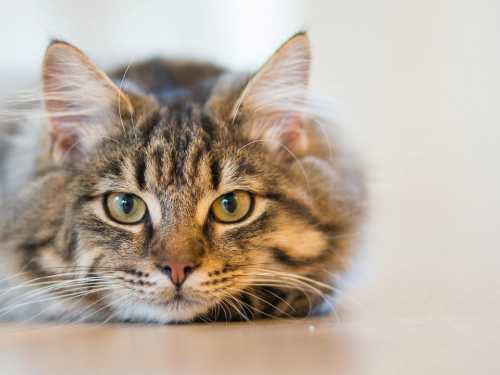
Sometimes there are so many differences between relatives that you sit and think: are we really related? Similar thoughts visit the eared cousins – the hare and the rabbit, the desperate fugitive and the gentle homebody.
What is the difference between the two eared acrobat brothers?
First, size and anatomy
The hare is much larger than the wild rabbit – the European hare can reach a weight of 3-7 kg and a body length of up to 70 cm, while the wild rabbit usually weighs 1.5-2.5 kg and has a length of 35-45 cm. In general, the rabbit looks more compact and rounded, while the hare has grown in length everything that is possible: it has longer ears with black tips, longer hind legs and a more slender, “running” body. This body structure is a key adaptation: the hare's long legs allow it to develop high speeds (up to 70 km/h) in open spaces, while the rabbit's more compact structure is better suited for moving in burrows.
Secondly, lifestyle and social structure
Rabbits are extroverts of clean water. They live in colonies in complex systems of underground tunnels known as burrows or “rabbit towns.” This communal organization provides safety and better detection of predators.
But hares are true loners. This eared animal mostly leads a solitary lifestyle, uniting with relatives only for reproduction, and sometimes for communal feeding on rich pastures. They do not dig burrows, but hide in shallow depressions in the ground, called “beds”, relying on camouflage and speed.
This difference in social behavior is one of the main reasons why rabbits are more easily domesticated and can be companion animals, while hares remain wild and stressed in captivity.
Thirdly, raising children
Hares have a unique parenting strategy that is often misinterpreted as “neglect.” The young are born fully hairy, with their eyes open, and able to move around (a so-called precocial type of development). The mother feeds them milk only once a day, usually at night or early in the morning, and immediately leaves them in different “beds” to minimize the scent trail and not attract predators to the vulnerable young. Thus, her “absence” is a defense mechanism, not a sign of indifference. That is why if you find an “abandoned” hare, do not touch it – most likely its mother will return.
Rabbit pups, on the other hand, are altricial: they are born blind, naked, and completely helpless. They spend the first few weeks of their lives in a protected underground burrow, where their mother feeds them several times a day, and all members of the colony can potentially join in defending the burrow.
Fourth, character and domestication
Historically, hares have often been mistakenly thought of as “cowards” because of their ability to quickly flee. In fact, this is an effective survival strategy. When cornered, hares become incredibly aggressive and fight fiercely for their lives, using their powerful hind legs and sharp claws for defense. Attempts to domesticate hares are pointless and cruel, as they are wild animals that do not adapt to life in captivity. They will never become pets.
And what about the rabbit? The wild European rabbit, which lives in burrows, turned out to be much more friendly to humans. It became the ancestor of all the domesticated breeds that we know today: meat, wool, decorative and domestic. The process of domestication of rabbits began in France in the Middle Ages, around the 6th century, with monasteries, where they were bred for meat.
Now that you know these significant differences, you can confidently distinguish between these two members of the lagomorph family and, most importantly, make informed decisions about interacting with them, whether it's for wildlife viewing or responsible pet ownership.





